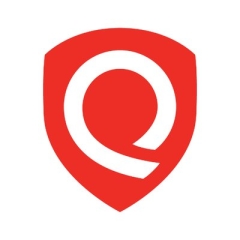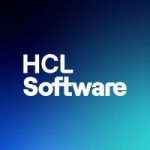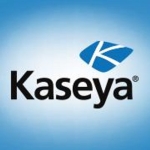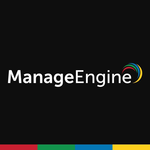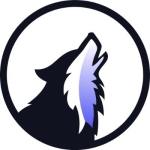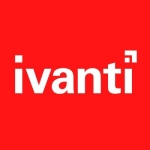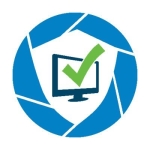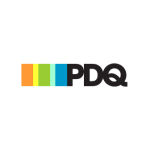Initially, we were using Qualys Patch Management for TruRisk vulnerability detections. I am on the risk operations side, so I also used it to determine ways to fix a particular vulnerability and address it.
I used Patch Management with Qualys VMDR when I was doing a proof of concept with Patch management. It works well. To me, it was just a shortcut or another way to patch a system versus doing it with the job, but it was straightforward.
We were able to realize its benefits immediately. Patch Management gave my side and the security side a single pane of glass and the ability to better coordinate the delivery of patches. After using it, I felt a lot more comfortable with it.
TruRisk gives the confidence that we are attacking the major issues, but we do leverage our security team to make the final decision. It does help.
Patch Management gives us a single source of truth for assets and vulnerabilities that need to be assessed, prioritized, and remediated.
Currently, we are in a hybrid environment until we fully transition over. We have Ivanti and Qualys. They are two separate agents, two separate infrastructures. Moving to Qualys Patch Management gives us instant access to all of the systems we have. We do not have to worry about building up new infrastructure. We just go and start patching. It streamlines everything a lot, especially the dialogue between our teams, that is, the risk side versus the security side. It reduces confusion over patches.
Patch Management has definitely given us the opportunity to do more hands-off patching. Some in my team are manually pushing the patches out. We click a button, schedule it, and shoot it out. We are going to take advantage of zero-touch patching for browsers. We are going to do a lot more scheduled or agent-based patching. It will be hands-off. It will free us up to do more analytical things and spread ourselves out to other tasks.
Patch Management will help us reduce our organization's risk. We have not had the opportunity to start using it the way we want to. We are still early on, but just from what I see, I expect that it would have a significant impact on our ability to patch. Personally, I think the impact will be significant.
We recently got their Patch Management solution, which is the most important thing for me at this time. Previously, vulnerability detection was most valuable.
Patch Management's risk-based approach to creating automation to address risks is very important. I just came from the conference, and I understand it a lot more. It definitely is important. I like it a lot.
I would like a more clear distinction in terms of something I call a patch contract. A patch contract is a bundle of patches that we are going to roll out. I would like to reference those patches from separate jobs. They explained at a conference that it cannot be done, but that is my main complaint. I wish that the whole schema was a little bit clearer because there is a little bit of cloudiness around it. Everything else seems to be fairly straightforward.
Additionally, I know there is a cost associated with this, but it would be nice if instead of us having to roll and host our own custom files on AWS or something like that, Qualys could provide some space, even if just a gigabyte or 500 megabytes.
I have been using it for about a year or two.
Overall, I have not experienced any issues with Qualys as a whole, although the security team once mentioned something about the system being down. I will learn more as I get more and more into patching with it.
I have not yet contacted their support.
Right now, we are using a mixture of security controls and endpoint management. I have used solutions like Ivanti, Altiris, Intune, and WSUS, among others. I have seen a lot of patch management solutions.
Ivanti is closest to Qualys. Both of them are built on the same Shavlik engine. Qualys is better for my situation because it is cloud-based. I do not have to worry about on-prem things I do right now. I am familiar with Patch Management because underneath it is the same Shavlik engine that is used by Ivanti. I am familiar with the log files and things like that.
That was the easiest thing to do. All the hard work had already been done. After the security team has the agents installed, we start working our magic. It does not get easier than that.
We have not yet fully deployed it, so I cannot say how long it takes to fully deploy it, but getting it established and started was quick.
From what I have heard, Qualys Patch Management is pricey, which is a main barrier to entry. Another aspect that I do not like about Qualys is that they do not add new patch management functionalities to the existing package. It is a separate SKU, so you have to pay more money.
I would rate Qualys Patch Management a nine out of ten.

